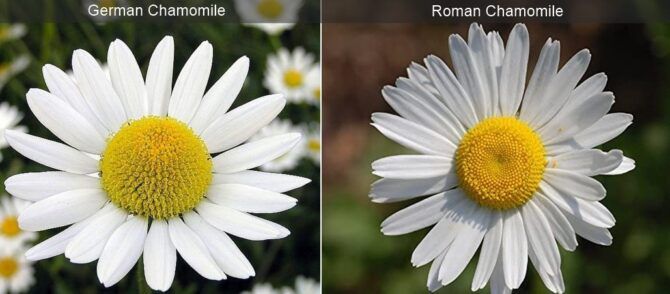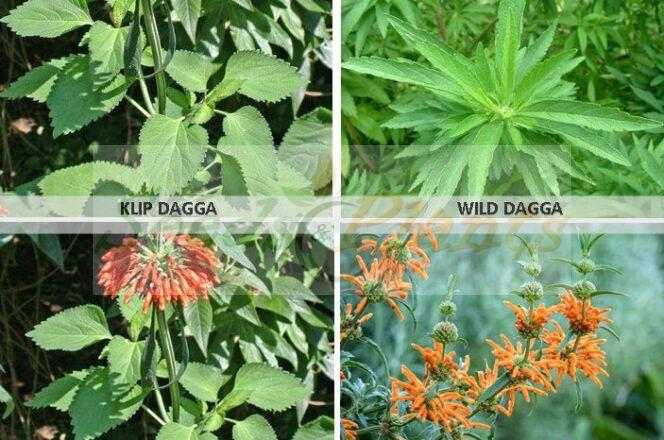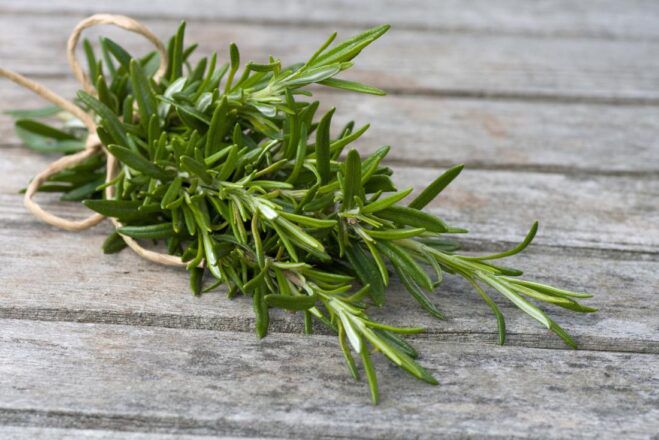Gardening Tips
Seed Stratification
What is Seed Stratification?
In horticulture, stratification is a process of treating seeds to simulate natural conditions that the seeds must experience before germination can occur. Many seed species have an embryonic dormancy phase and generally will not sprout until this dormancy is broken. Stratified seeds are therefore artificially exposed to conditions to encourage germination by exposing the seeds to moist, cold or warm conditions, in order to break dormancy.
Seed Stratification is used if you are germinating seeds indoors by preference or due to the fact that that you are unable to plant the seeds outside during the correct sowing season. The duration of the stratification period varies from plant to plant, and is indicated on the growing instructions that we provide.
If you intend to plant the seeds directly outside during the correct sowing season, then stratification is not required.
Different types of Seed Stratification
Cold moist stratification.
In nature, Summer flowering plants will drop their seeds in Autumn. The seeds of some of these plants will then remain on or in the soil during the Autumn and cold winter months, with germination occurring the following Spring when the soil warms up.
Cold Stratification Method for small seeds:
- This stratification method requires seeds to be in contact with a damp surface during the chilling process.
- Place the seeds on a damp (but not wet) paper towel. Make sure the seeds have good contact with the moist paper.
- Fold the paper over the seeds to form a packet.
- Place the packet in a plastic baggie or a sealed container and refrigerate at a temperature of 2°-4°C.
- Monitor the seeds periodically to make sure the paper towel is still damp but not too wet.
- At the end of the stratification period, remove the seeds and sow them indoors or sow them outdoors after the last frost date.
Cold Stratification Method for medium to large seeds:
- This stratification method requires seeds to be in contact with a moisture-retaining medium during the chilling process.
- Mix the seeds into a moist medium such as sand, vermiculite, or soil-less seed starting mix.
- Make sure that the seeds have good contact with the medium.
- Place the mixture in a plastic baggie or a sealed container and refrigerate at a temperature of 2°- 4°C.
- Check periodically to make sure no mold has formed.
- Once the stratification period is complete, remove the seeds from the moist medium and plant outdoors as you normally would.
Warm and Cold stratification.
In nature, Spring flowering plants will drop their seeds in late spring and early summer. The seeds of some of these plants will then remain on or in the soil during the warm Summer months, the cooler Autumn months and the cold winter months. Germination then occurs the following Spring as the soil warms up.
For warm and cold moist stratification, the seeds need to be in a moist medium and first kept at temperatures of 15-20°C. Thereafter the seeds need to be refrigerated at a temperature of 2°-4°C.
Warm and Cold Moist Stratification Method
- Mix the seeds into a moist medium such as sand, vermiculite, or soil-less seed starting mix.
- Make sure that the seeds have good contact with the medium.
- Place the mixture in a plastic baggie or a sealed container.
- Place the baggie or container in a warm area or on a heating mat, as Warm stratification requires temperatures of 15-20°C.
- After the warm stratification period is over, place the baggie or container in the refrigerator and refrigerate at a temperature of 2°- 4°C.
- Once the cold stratification period is over, plant outdoors as you normally would.
Medical Disclaimer
Information is for educational and informational purposes only and may not be construed as medical advice. The information is not intended to replace medical advice or treatment offered by healthcare professionals.










